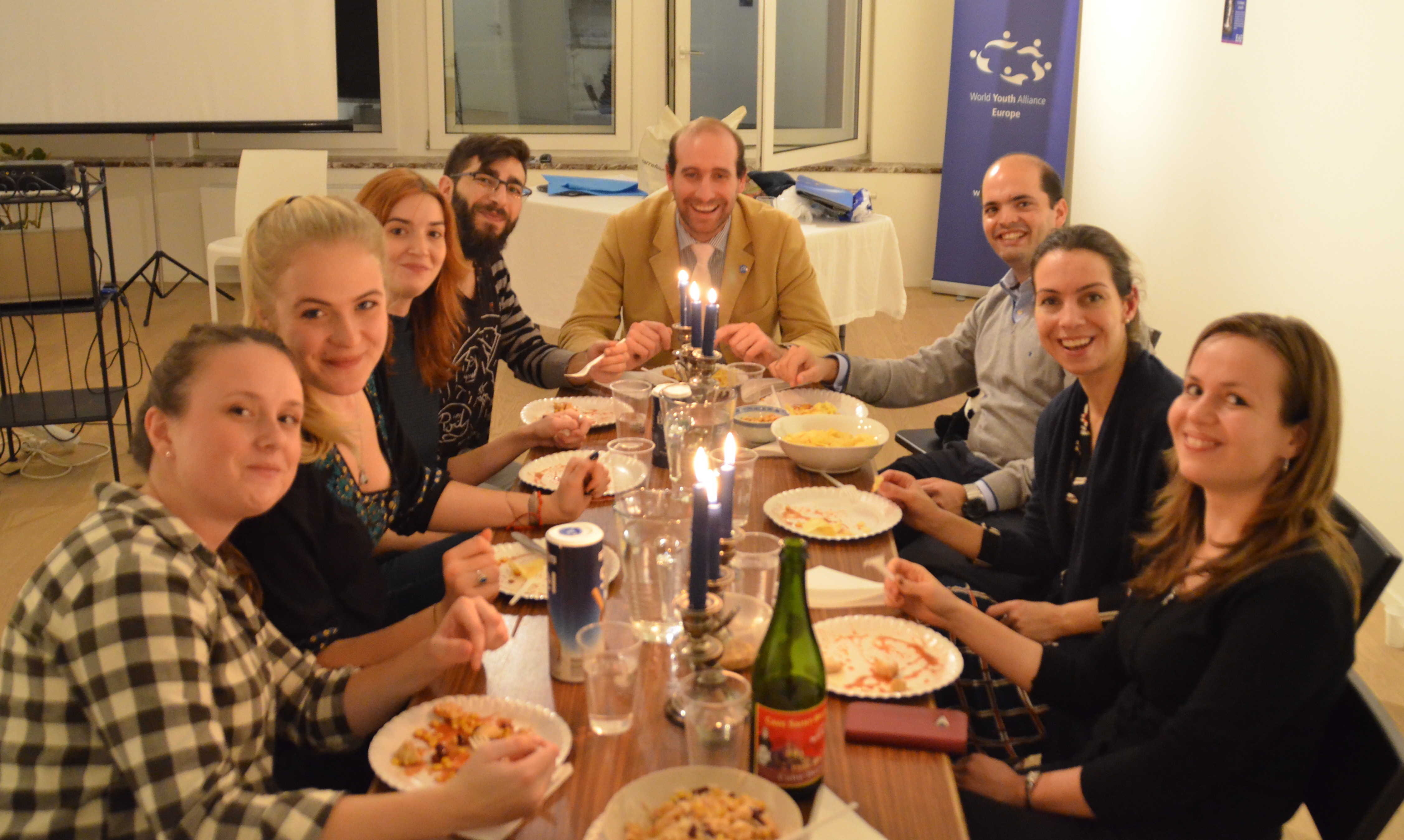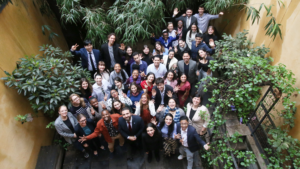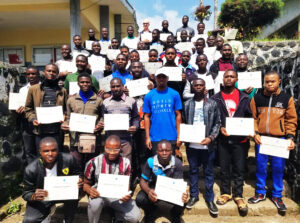Following Pieper’s thought, this year’s European Art Forum challenges us to re-think the topic of perception and representation with the theme: “Art and Culture: Learning how to see again”.
 When Josef Pieper wrote his short essay, first published in 1952 and entitled “Learning how to see again”, he was not interested in considering the mechanisms involved in the human eye which enables us to see what surrounds us, but he was reflecting on ‘the spiritual capacity [humans have] to perceive visible reality as it truly is.’ Nowadays, this is a very controversial topic because we are living in an age when the idea that we can see with an innocent eye has been totally shattered by deconstruction. Various cultural specialists, art historians, sociologists and psychologists have demonstrated that what we see depends to a large extent on what we have experienced, being also shaped by what we believe in; by our values and principles.[i] Hence, in our II Forum of the Arts in Europe, when reconsidering this theme, we will take into account the arguments that oppose it, precisely so as to grasp the significance and emergency of Pieper’s suggestion for the cultural world today.
When Josef Pieper wrote his short essay, first published in 1952 and entitled “Learning how to see again”, he was not interested in considering the mechanisms involved in the human eye which enables us to see what surrounds us, but he was reflecting on ‘the spiritual capacity [humans have] to perceive visible reality as it truly is.’ Nowadays, this is a very controversial topic because we are living in an age when the idea that we can see with an innocent eye has been totally shattered by deconstruction. Various cultural specialists, art historians, sociologists and psychologists have demonstrated that what we see depends to a large extent on what we have experienced, being also shaped by what we believe in; by our values and principles.[i] Hence, in our II Forum of the Arts in Europe, when reconsidering this theme, we will take into account the arguments that oppose it, precisely so as to grasp the significance and emergency of Pieper’s suggestion for the cultural world today.
If we think about how the human eye works when we look at something, first our senses – in this case vision – allows us to perceive a form. Then this form, almost instantaneously, passes through our eyes and connects to our brains and we make sense of it when we establish associations between this form and other forms that we know. The process continues, at the speed of light, until we recognize the form we just perceived and name it, attributing a meaning to it.
In artistic creation, the process of seeing is slightly different. If focused in the visible world, we create a mental picture of what we perceive. Friedrich Schiller in the 18th century, asserted that to create a painting was to render the perceived object into a mental picture, and that this was not only an act of representing but also a means of creating form because we did not merely perceive the object, but we thought about it as well.[ii] Karen Lang argues that Schiller’s understanding of seeing reveals the end to which the desire for form might lead, and this is to the creation of ‘an image of the infinite’.[iii]
Regarding this point, and independently of one’s interest in the metaphysical world, Einstein’s scientific research introduces an intriguing case in point. He said that when trying to explain the special theory of relativity he couldn’t, at first, demonstrate what he meant because it was very difficult to make others see what he conceived. This deadlock was easily surpassed by Einstein’s ability to see beyond the facts, and he finally succeeded in showing his colleagues what he “saw” when he a created a mental picture of the system he perceived, and which could not be apprehended with his physical eyes.[iv]
This episode is important for our discussion on account of its illustration of how we attain knowledge ‘from seeing what is in front of us, to our desire to reach beyond the given so as to know what we cannot see.’[v] Einstein’s mental picture discloses the knitting of the act of representation, the unbiased point of view, and the notion of intentness on external reality; or, in Lang’s words, it clearly exemplifies the ‘interweaving of the act of representation, the objective point of view, and the notion of objectivity.’[vi]
In the age of mass media when we are persistently tired and stressed because there is too much to see, is there a way by which we can ‘safeguard an uncorrupted relationship with reality?’ (Pieper) In 2016, can we say that we perceive reality on an endless fresh basis? Can we see the ‘abundant wealth of all visible reality’ and comprehend beyond it? (Pieper)
Following Pieper’s thought, this year’s European Art Forum challenges us to re-think the topic of perception and representation. And so, with this foretaste, I hope to see you in June so that together we may discover new ways on ‘how to see reality as it truly is’, probe our findings in our creations and even create objects of knowledge.
Until then, have a wonderful creative time!
Written by Mafalda Pereira da Cunha, a WYA Europe member.
[i] Nelson Goodman (1906–98) and Ernest Gombrich (1909 –2001) are some of the best known authors defending the idea that the innocent eye is a myth. More notably, John Berger’s BBC film entitled Ways of Seeing (1972) explains the logic of ‘cultural vision’ and is today, a classic in the visual art studies.
[ii] Friedrich Schiller, On the Aesthetic Education of Man: In a Series of Letters, ed. And trans. E. M. Wilkinson and L. A. Willoughby (Oxford: Clarendon, 1967), cf. p. 183.
[iii] Karen Lang, Chaos and Cosmos – On the Image in Aesthetics and Art History (Ithaca and London: Cornell University Press, 2006), p. 3
[iv] Arthur Miller, Einstein, Picasso: Space, Time and the Beauty that causes Havoc (New York: Basic Books, 2001).
[v] Lang, ibid.
[vi] Lang, ibid.4







